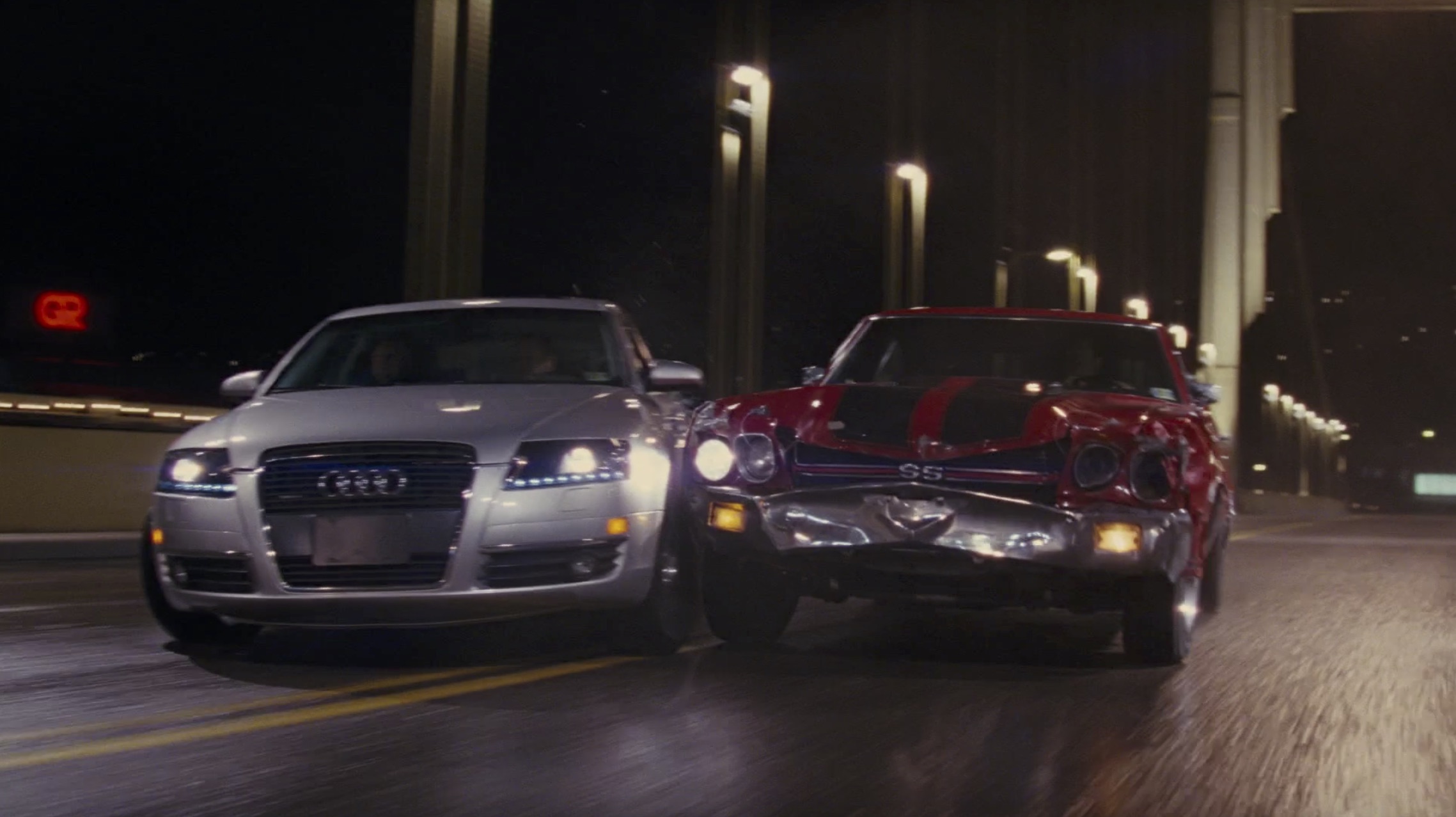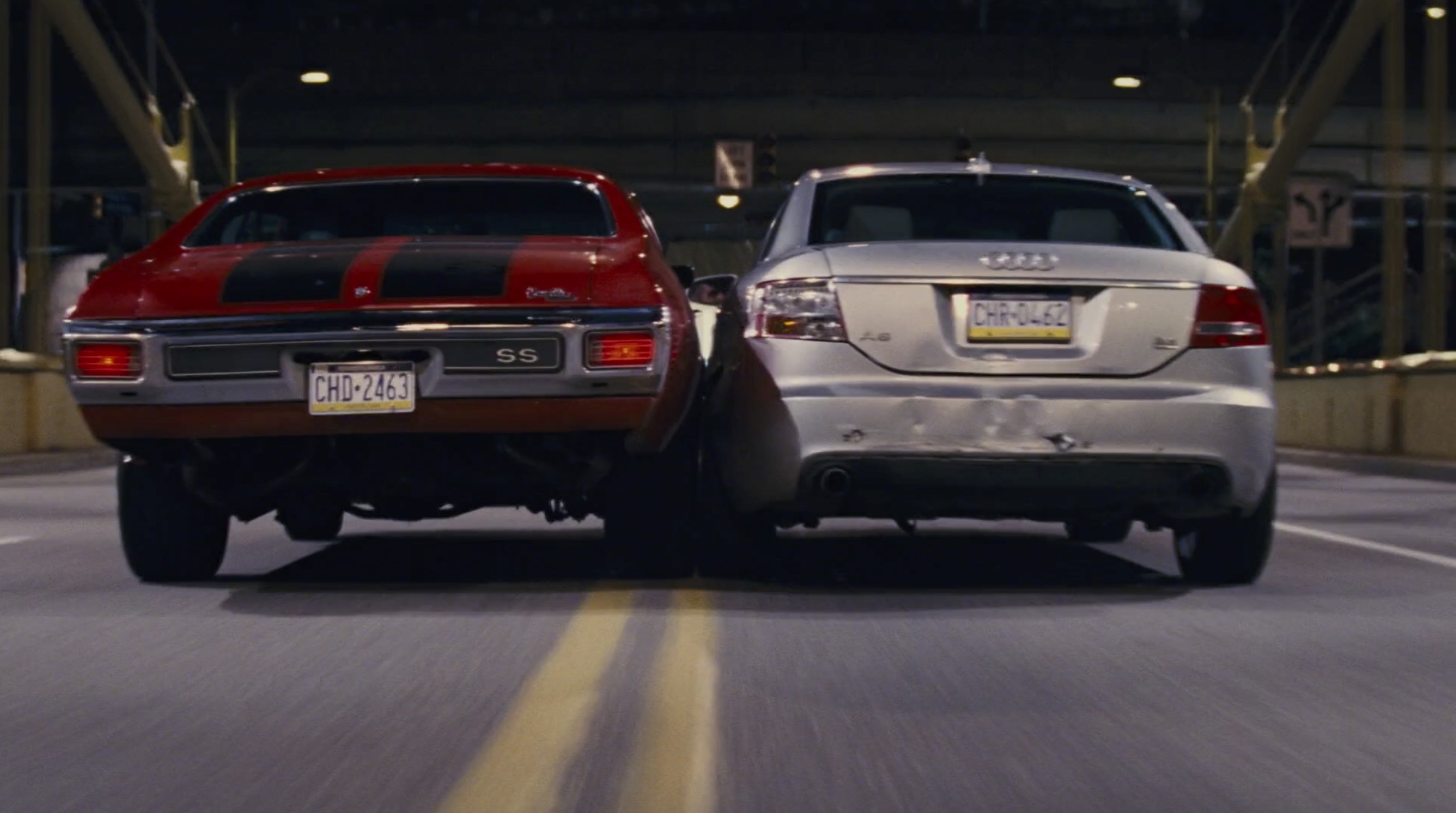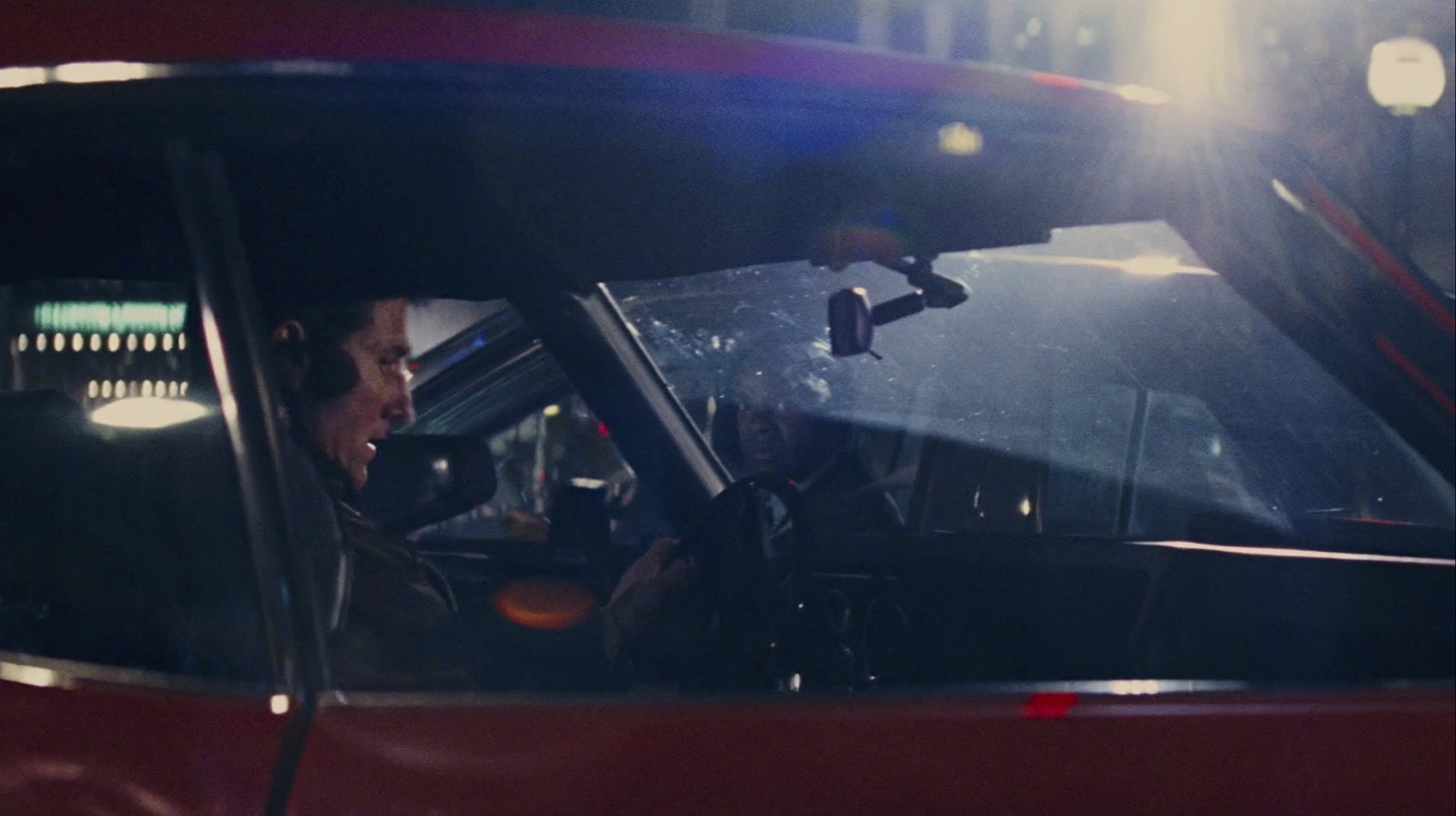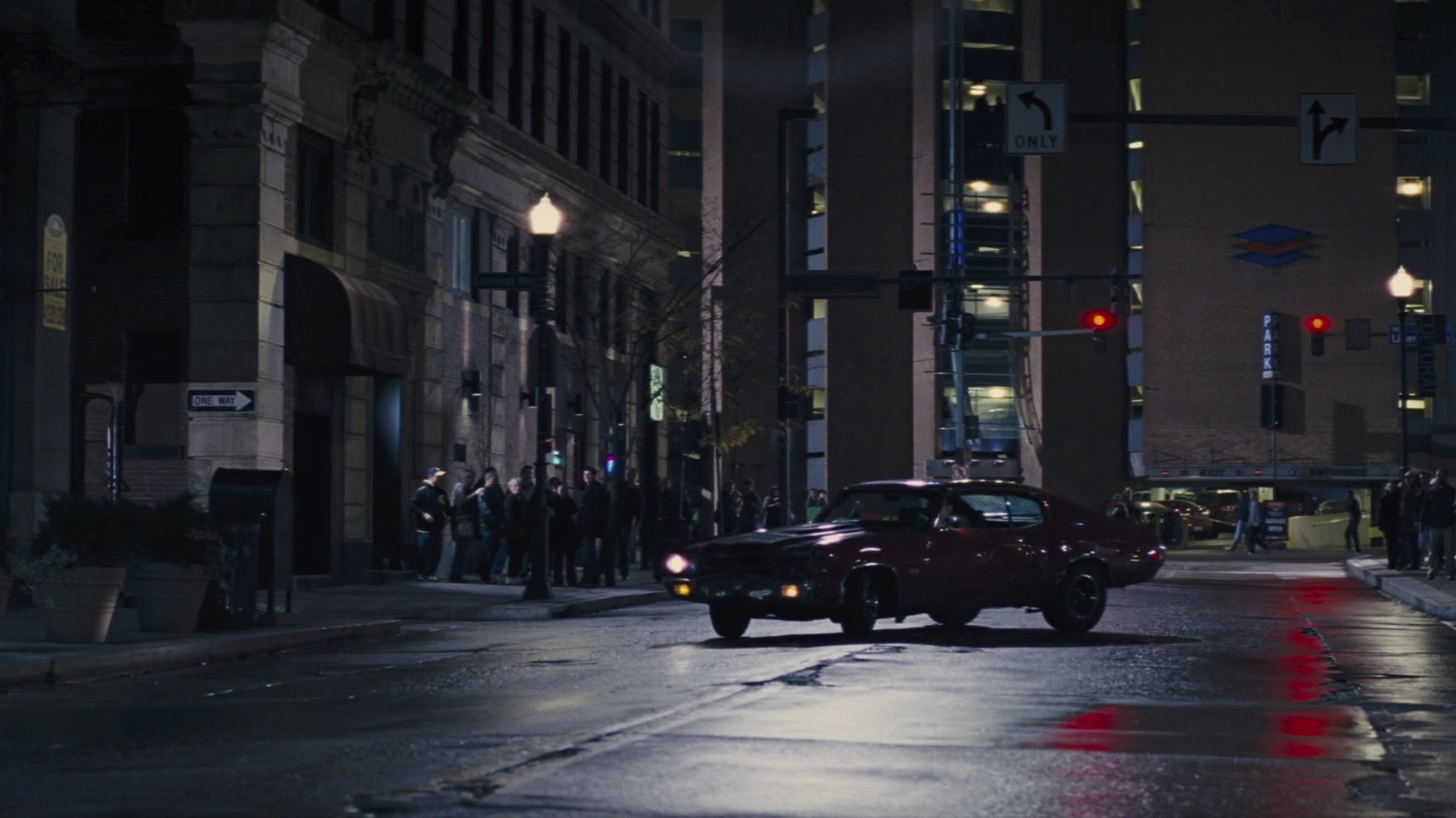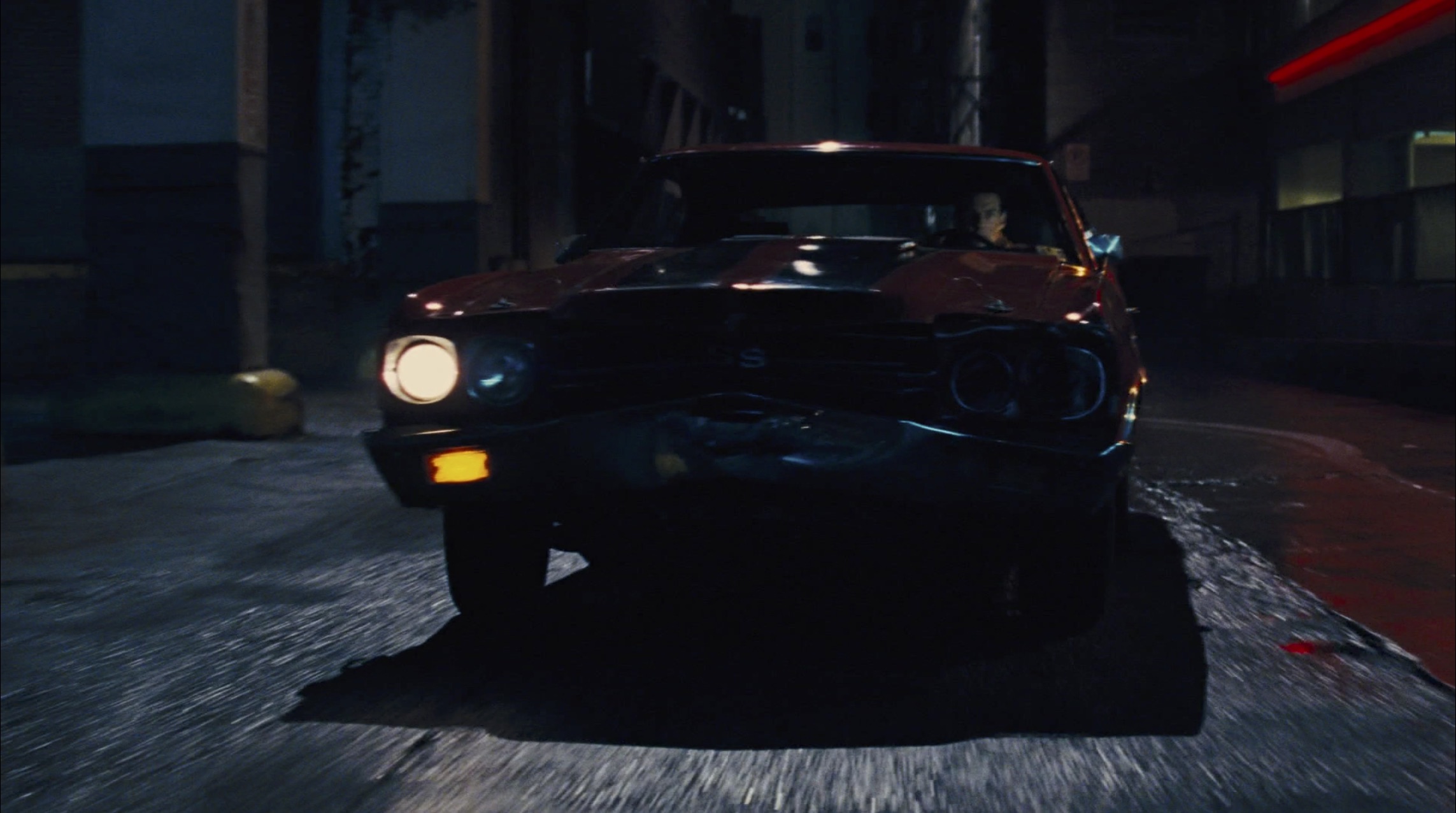The car chase in Jack Reacher is every bit as thrilling as the combat
Marvin Gaye once sang, “There’s only three things that’s for sure: taxes, death, and trouble.” Jack Reacher never goes looking for it, trouble has a way of finding him. He’s well-versed in the art of fighting, and in probability: five people may have challenged him, but it isn’t really five against one, it’s three against one. First, he’ll take down the big guy. Then, two more will give it a shot, but their hearts won’t be in it. The last two will run. And you should pay the bar bill before you brawl with Jack Reacher, because you won’t be able to later. It would be better for everyone if they just walked away. “Remember. You wanted this.” And after seeing Reacher’s prowess behind the wheel equal his hand-to-hand combat, audiences wanted to see more of that, too.
This is Jack Reacher, Christopher McQuarrie’s adaptation of Lee Child’s One Shot, a pulpy detective story, a throwback to the conspiracy thrillers of the 1970s. In Jack Reacher, five people are gunned down seemingly at random. The fingerprint of James Barr (Joseph Sikora) is found on a quarter in a parking meter where the sniper parked. Barr’s interrogated by Detective Emerson (David Oyelowo) and district attorney Rodin (Richard Jenkins) for hours, but he won’t talk. He only wants to see one person, the mysterious Jack Reacher, who arrives in Pittsburgh as if telepathically summoned. He meets Helen Rodin (Rosamund Pike), the D.A.’s daughter, who’s taken a case no one else wanted. He clarifies his connection to James Barr: before Reacher retired from the military police, he investigated Barr in Iraq for killing 4 civilian contractors. Reacher discovered the victims were more brutal than Barr, so “they chalked it up to the fog of war, made the murders go away.” James Barr seems unequivocally guilty of this crime, too, but Reacher begins to realize Barr might just be a patsy, framed for a crime that echoes one he once committed.
In his novels, Lee Child envisioned Jack Reacher as a hulking blue-eyed blond jock—Tom Cruise may not fit that physical description, but he has the right attitude and onscreen presence. For the role, Cruise learned the Keysi fighting method, a martial arts system developed in Spain in the 1980s for street fighting, specifically self defense. Reacher is a man to be reckoned with, but when he does fight, it’s only because he’s been backed into a corner. Cruise explained, “It’s not machismo.”
The Zek—a white-eyed Werner Herzog possibly playing himself—orchestrates most of the violence in Jack Reacher. There’s the bar fight, a set-up to get rid of Reacher, and a showdown in a quarry with a little help from Robert Duvall. In one of the film’s original scenes, the Zek’s goons attempt to take on Reacher in a bathroom. It was Cruise’s idea to turn this scene into comic relief, like the Three Stooges with more concussions and eye-gouging. “They’re not fighting me,” Cruise explained. “They’re fighting the room.” Reacher’s cornered, and he should be toast, but his attackers’ incompetence works to his advantage, and they wreck each other instead. The universe itself seems to root for Jack Reacher.
Another new addition to Jack Reacher is its car chase. In the novels, Reacher is not a good driver, and it’s a testament to Cruise’s ability that he can make his impeccable stunt work look careless to stay true to the character. Filmmakers usually struggle to conceal stunt drivers during a car chase, but McQuarrie’s challenge was the inverse, and the first rule of this scene was to show that Cruise was in the driver’s seat in every shot. Cruise drives for the entire the chase, a feat not even Steve McQueen could pull off in Bullitt. (David Oyelowo and Jai Courtney do some of their own driving, too.) They reinforced the hell out of the crash car, put Cruise in a five-point harness, and only three of nine Chevelles survived. The chase’s very real perilousness is palpable in the scene, and its second rule was, “If the camera’s not in danger, the shot’s not worth doing.”
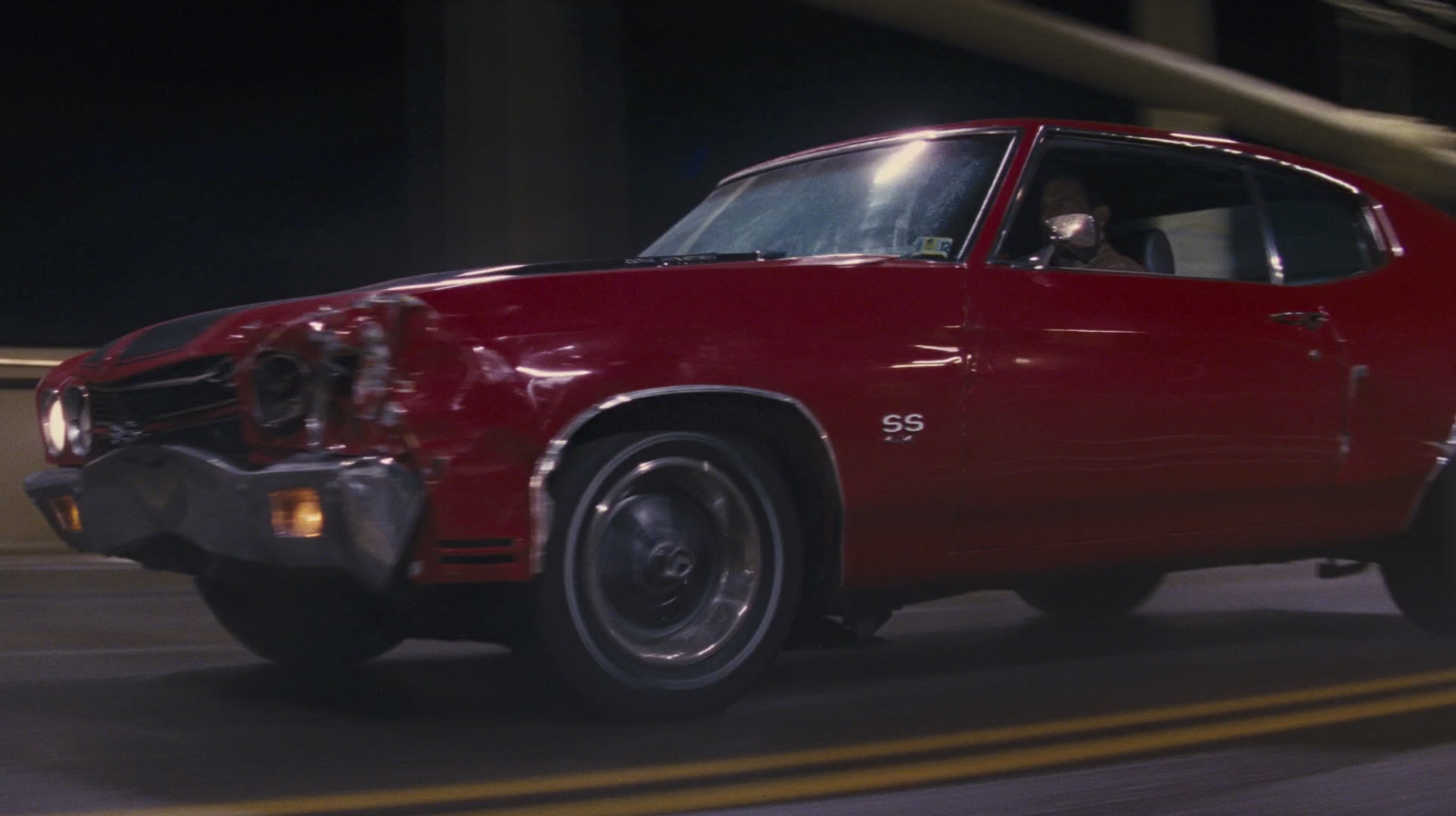
Reacher prefers to ride the bus, but he knows how to drive a car—and how to steal one. During his stay in Pittsburgh, he commandeers a Camaro, a Mercedes, and a 1970 Chevrolet Chevelle SS 454—the star of the film’s chase. In 1970, Hot Rod wrote of the Chevelle: “The past is gone. The future may never see a car like this. It is one of the brutes, and all it needs is a way of staying in contact with terra firma.” The Chevelle, with all its power and speed, is like Reacher: an old-fashioned bruiser.
Jack Reacher and Detective Emerson square off at Reacher’s motel after Reacher is framed for murder by the Zek’s men. When Emerson pulls his gun, Reacher throws it in reverse, the idling engine roars to life, and the chase begins. Reacher’s driving style reflects the character, it’s somehow both meticulous and reckless. The chase is set at night, which created a challenge: the crew had to light the bridge, the tunnel, and the alleys. But the darkness makes for a noir game of hide and seek. As they race down a nearly pitch-black State Route 65, it’s almost impossible to tell who’s chasing who, we can only see Reacher in his Chevelle, Emerson in his cop car, Charlie (Jai Courtney) and Vlad (Vladimir Sizov) in their silver 2005 Audi A6.
Reacher blows through a barricade, loses the police, and catches up with Charlie and Vlad on the bridge where they plow into each other. Then through the tunnels, running parallel to each other, with Reacher going the wrong way, reminiscent of Ronin’s climactic chase. He zooms out, crashes into water barrels, and the car won’t start (which really happened, and wasn’t scripted). Reacher briefly loses Charlie, just as Emerson finds him again.


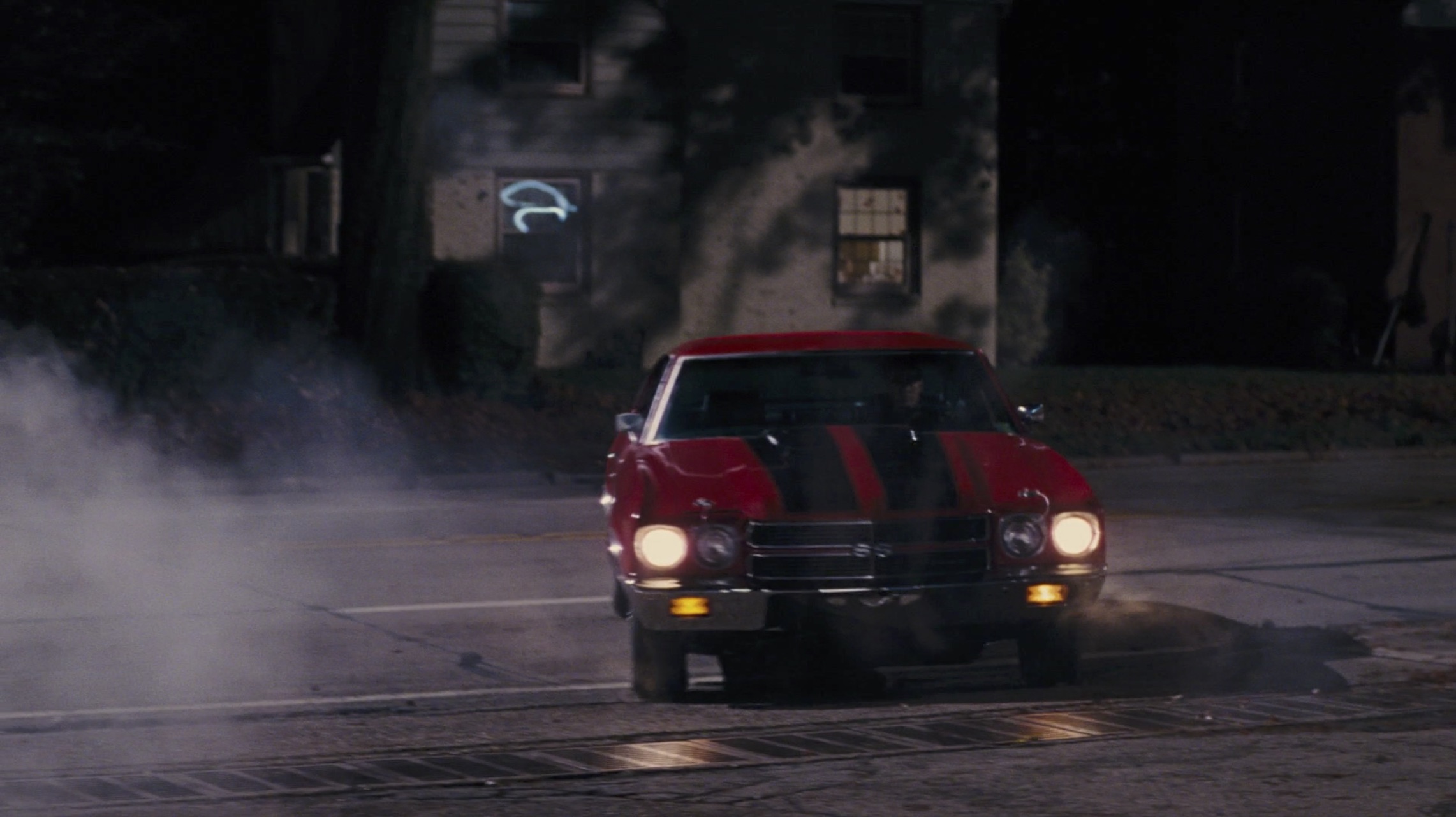
The Chevelle speeds through the city’s network of alleyway, its black stereo stripes and bright red body gleaming under the city’s neon lights. Reacher hunts Charlie and Vlad, who are hiding in a parking garage, and as Reacher creeps down the alley, they sight him first, their headlights illuminating the interior of the Chevelle. As Reacher sets off in pursuit, Emerson cuts him off in the intersection where they come to a complete stop in a two shot, cars parallel, facing each other down, divided, a dirty cop and a wanted man.
Reacher finally eludes the police. He gets out of the car and leaves it rolling down the street. The cops surround the decoy. Reacher casually approaches the bus stop, where the crowd is diverse, a representative sample of the city. The good people of Pittsburgh intuit instantly that, whatever it is they’re witnessing, the cops aren’t the heroes—the Chevelle’s driver is. A man wordlessly passes Reacher his baseball cap, and the crowd hides him. McQuarrie explained: “Everybody on this bus stop has had some issue with ‘the man.’ You’re just gonna look at them and know that they’re gonna side with whoever gets out of the car over the cops in Pittsburgh.”
This is the perfect getaway for Jack Reacher. He boards the bus, more at ease here than in a car. Just outside Reacher’s window, Emerson steps out of his parked car, in another two shot of Reacher and Emerson looking in opposite directions, divided by the window between them. This time, only Reacher sees Emerson. The bus drives away. Reacher returns the cap to its owner, and both men share a little smile. It’s a transcendently satisfying finale.
Jack Reacher’s chase ranks among the best of the 21st century. It’s a throwback just like its protagonist, setting itself apart from most modern chases by being real—there are no green screens, CGI for touch-ups only, and a rig to capture one shot. It feels classic. And like all great chases, it succeeds as pure entertainment just as it crystallizes characters and story: Reacher is pursued and in pursuit, navigating dark streets and men with murky motivations. Although they seem to be operating on opposite sides of the law, Emerson, Charlie, and Vlad are aligned with the Zek, “the man on the grassy knoll, the thing under the bed.” Reacher is revealed to be the lone force for good in this fight.
But this isn’t a hero’s journey. Jack Reacher is already a hero when the story begins. Reacher is a veteran, an investigator, a troublemaker, a ghost, a myth, an agent of change. Barr may not be a good man, but he’s innocent of this crime, and Jack Reacher values justice and truth above all else, even when no one else does. James Barr describes him best: “There’s this guy. He’s a kind of cop. At least he used to be. He doesn’t care about the law. Doesn’t care about proof. He only cares about what’s right.”
